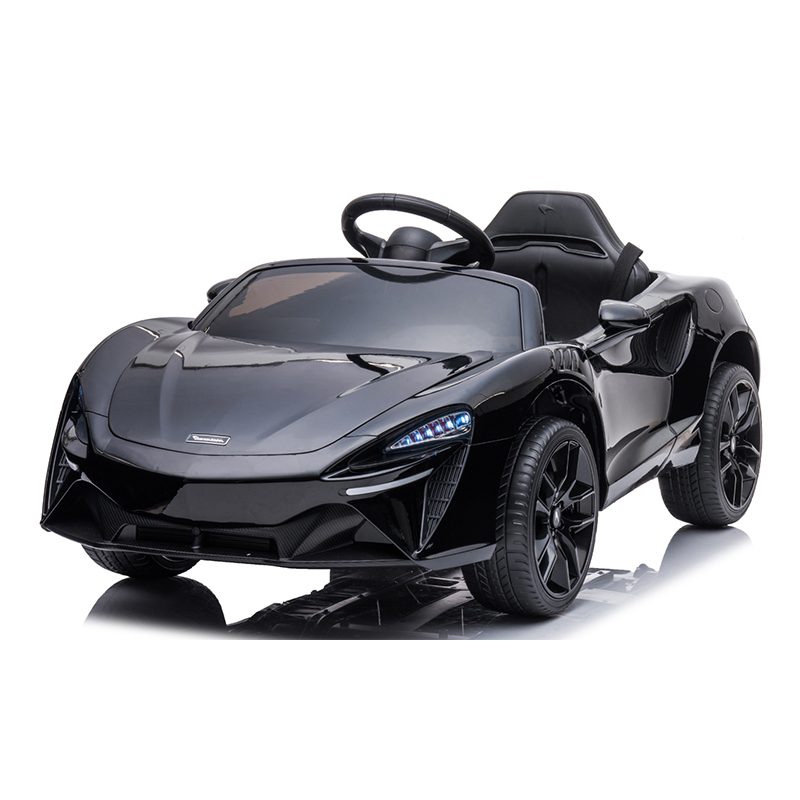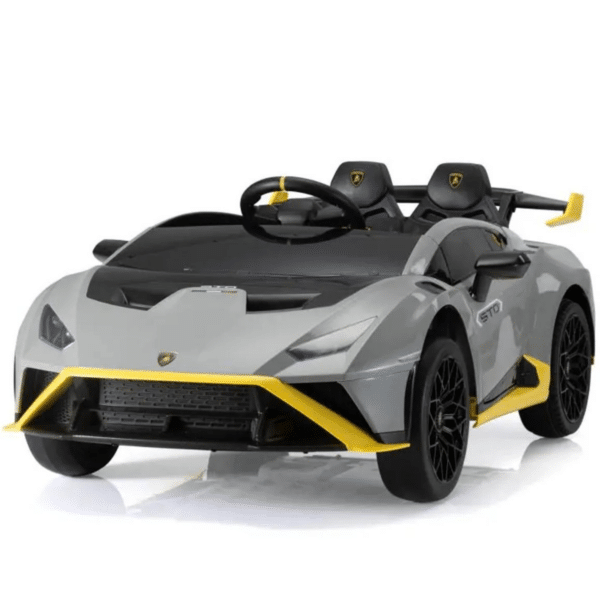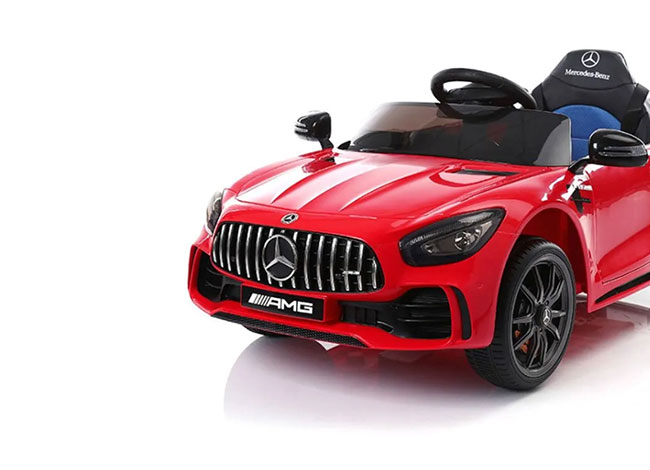New News To Selecting Kids Cars
Wiki Article
What Security Features Of An On-Road Vehicle Should I Consider? The Pros And Negatives
The safety features in a child's ride-on car are essential to their enjoyment. Here are some crucial safety features to consider, along with their pros and cons Seat Belts -
Pros: Seat belts ensure your child's safety in the car ride-on, decreasing the risk of falling out or being ejected during play. They offer an extra layer of protection, especially when turning or making sudden stops.
Pros - Some cars on wheels might not come with seat belts. This is particularly true for those that are specifically designed for children. Kids may also find the seat belts to be uncomfortable or restricting which can cause them to reject or refuse to use them.
Sturdy Construction
Pros: A durable ride-on vehicle made of high-quality materials and durable components is more durable to damage. It ensures long-term safety. It can withstand the rigors of the game and ensure security during the use.
Cons - Durable construction is often more expensive, which makes it unaffordable for certain families. Further, heavier materials could impact the maneuverability and mobility.
The Low Center of Gravity
Pros: Ride-on cars that have a lower centre of gravity are prone to a less likelihood of tipping over. This lowers the likelihood of injury or accident. They are more stable and provide better balance, especially when turning or performing maneuvers.
Cons - Certain ride-on cars that have a low center of gravity may sacrifice ground clearance or off-road capabilities, limiting their versatility in certain conditions.
Parental Remote Control -
Pros: Remote controlled cars allow parents to monitor and supervise their children's play, providing an additional layer of control and safety. Parents can intervene to avoid accidents, navigate difficult terrain, and assist their child in an emergency situation.
Cons: Controlling parents using a remote may limit independence and autonomy in children who rely on their parents' guidance and help when playing. Moreover, the price of remote-controlled vehicles could be higher than of manual ones.
Speed Limiters Speed Limiters
Pros- Ride-ons with speed limiters as well as adjustable speed settings let parents set the maximum possible speed of their vehicle. This can reduce the possibility of a crash or collision. They are able to increase the maximum speed as their child's confidence improves.
Cons - Some children may get out of the lower speeds quickly, causing frustration or dissatisfaction with the ride-on vehicle. Speed limiters may not be offered on all models, or may require additional features or accessories.
Safe Start Technology -
Pros: Safe Start Technology ensures the ride-on vehicles begin and stop without a hitch. This reduces the risk of sudden jerks, which could destabilize or startle the child. It's safer and comfortable to drive.
Cons - Models with the safety start feature could cost more than those without. Additionally, some children may feel that the gradual acceleration and deceleration to be less thrilling or exciting as opposed to immediate stops and starts.
Visibility Enhancements -
Pros: Ride on cars that feature visibility enhancements, such as working headlights or taillights or reflective material improves visibility, particularly in dimly lit areas or low-light conditions. They enhance safety since they make the vehicle visible to other vehicles or pedestrians.
Cons: Visibility improvements could cause battery drain more quickly or create more complexity in the ride-on car's design, increasing the risk of malfunctions or maintenance issues.
When you think about these safety features and weigh their benefits, you'll be able to select an automobile that will prioritize the security of your child, while giving them the most enjoyable and thrilling playing experience. Read the most popular electric kids cars for blog info including cars pedal car, race car toy car, electric ride on, pedal car, digger ride, ride on toy, childs car toy, ride on car, toy in car, toy with car and more. .

What Is The Distinction Between Electric Ride-On Vehicles And Other Counterparts?
A lot of electric ride-on vehicles have various speed settings and options for control to cater to different skill levels. This ensures a safe, enjoyable experience for children. This is how and why they are used.
Different children have varying levels of skill and confidence when it comes to driving ride-on cars. Parents can adjust the maximum speed of the ride-on car to their child's ability by providing a range of speeds. This decreases the likelihood of collisions and accidents.
Children who are just beginning to learn are better off using the slower speed settings as older kids or those who have more experience are able to use the higher speeds.
Gradual Learning Curve -
Electric ride-on vehicles with multiple speeds provide a gradual learning curve for children as they develop their driving abilities over time. Beginning at slower speeds helps beginners get their bodies with the controls and build confidence before moving to higher speeds.
When a child's driving abilities improve as they improve, parents can increase their speed gradually. This provides them with a sense progress and accomplishment.
Parental control
Certain electric vehicles come with parental control, which permits parents to restrict the speed of their vehicle from a distance. This feature provides parents with security of knowing they can alter speed or intervene according to the need, in order to ensure safety for their child.
Based on the model, parental control options can include remote speed limits and emergency stop buttons or remote steering options.
The ability to adapt
The needs and interests of children may change over time as they grow. Electric ride-on cars with different speed settings provide flexibility and adaptability to accommodate these changes as they happen.
As they gain confidence and ability the children are able to move up to higher speeds for more thrilling and challenging experience. Parents can limit the speed of their youngest children and other friends.
Customization
The possibility to modify and personalize the experience is possible with multiple speed settings. Children can select the speed that best suits their comfort and level of excitement.
Certain electric vehicles come with additional controls such as a variable braking and acceleration sensitivity. These controls let you fine tune the sensitivity of driving in accordance with particular needs.
Electric ride-ons with their multiple speed settings and control features ensure a safe and adaptable riding experience to children of all ages and abilities. These features foster confidence, boost growth in skills, and provide enjoyable activities for children, while also giving parents the ability to supervise and assist their child as necessary. Read the recommended find out more on McLaren kids car for more advice including childrens electric ride on, toy and car, toy ride, toy cars toy car, remote control childrens electric cars, toy in car, car toy car toy, electric car ride, toy cars, toy car for car and more. .

What Are The Options For Children's Remote-Controlled Vehicles? What Are The Advantages And Disadvantages Of These Vehicles?
Remote control cars for kids are also known as remote controlled cars or RCs. They come in a wide variety of designs, prices, and sizes to suit any budget and taste. Here's a list of the different kinds of remote-controlled cars for kids, with the dimensions, cost ranges as well as pros and cons.
Electric RC Cars – These are remote-controlled, battery-powered cars that can be used both outdoors and indoors. They are available in a range of designs like buggies, trucks and sports cars.
Nitro RC Cars - Gas-powered remote-controlled cars that offer higher speeds and performance but require more care and experience to operate. They're generally bigger and more costly than electric RC cars.
Scale Models: Remotely controlled replicas that include real vehicles like cars, planes, trucks and boats. Scale models can be found in different sizes, ranging from 1-10 to 1-24. The larger scales offer more detail and realism.
Sizes -
Remotely controlled children's cars are available in a variety of sizes. These range from small microsized replicas up to large-scale copies. The size of the vehicle could impact the performance, speed and the handling capabilities.
Micro-sized cars are compact and light, which makes them ideal for indoor usage as well as younger children. Cars that are larger in size have more power, durability and therefore are ideal for off-road or outdoor racing.
Prices
The prices of remote-controlled vehicles for children vary according to factors like size, features and brand.
The Nitro and Electric RC cars at a higher scale cost between $100 and $500.
The cost of scale models as well as hobby-grade RC vehicles range from several hundred dollars up to over 1,000 dollars based on the level of performance and the level of detail.
What are the pros and cons?
Pros -
Entertainment - Children's remote control automobiles can bring hours of entertainment and excitement for both adults and children.
Skills Development Driving an RC car can help children develop eye coordination, spatial awareness, and problem-solving skills.
Social Interaction. RC cars encourage social interaction and be enjoyed by both friends and family.
Customization - Many RC cars can be customized by utilizing aftermarket parts, upgrades, and other accessories to improve the performance and look.
Cons
Cost - Top-quality remote controls for children's vehicles can be costly particularly those with hobby-grade advanced features.
Learning Curve - Operating an RC vehicle requires a lot of practice and skills, and younger children may struggle with the controls in the beginning.
Maintenance - Regular maintenance is required for cars with RC engines including cleaning, lubrication and repairs.
Safety Risks RC cars can pose safety risks including falls, collisions and electrical dangers when they're not used under the supervision of an adult and with proper care.
The most effective remote control for kids' cars are those that provide a stimulating and educational experience for children of all age groups. When selecting the ideal model for your child it is important to take into consideration a variety of factors, such as dimensions, features for price, and security. Hobby-grade RC cars may be more suitable for older kids and avid users, whereas simpler models are ideal for younger youngsters and those who are just beginning. Follow the recommended remote control childrens cars kidscars.co.uk advice for more tips including remote control childrens car, kiddies cars, childs ride on car, childs car toy, childs electric ride on car, toy ride, ride electric car, toy in car, toy and car, toy cars and more. .
